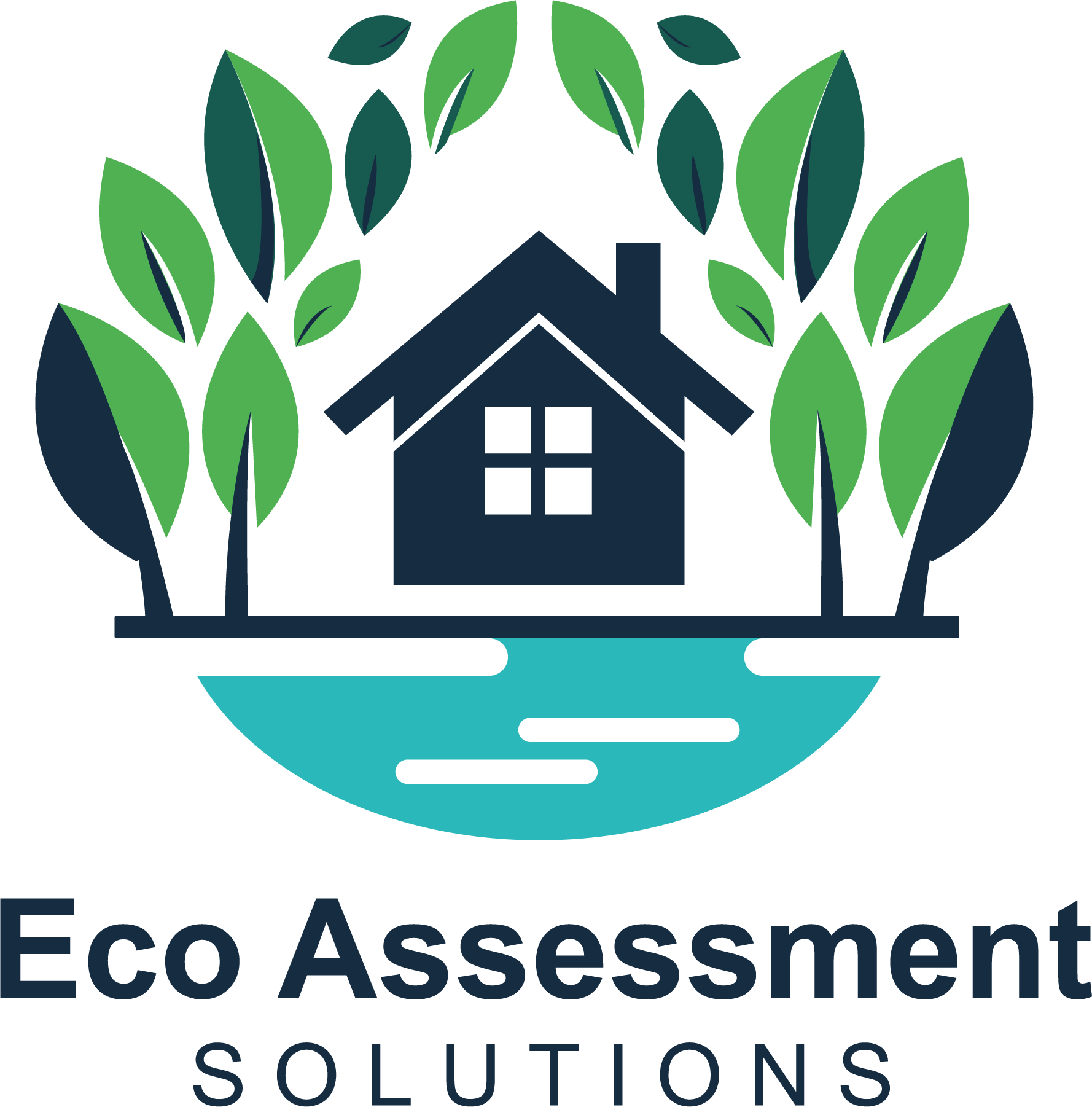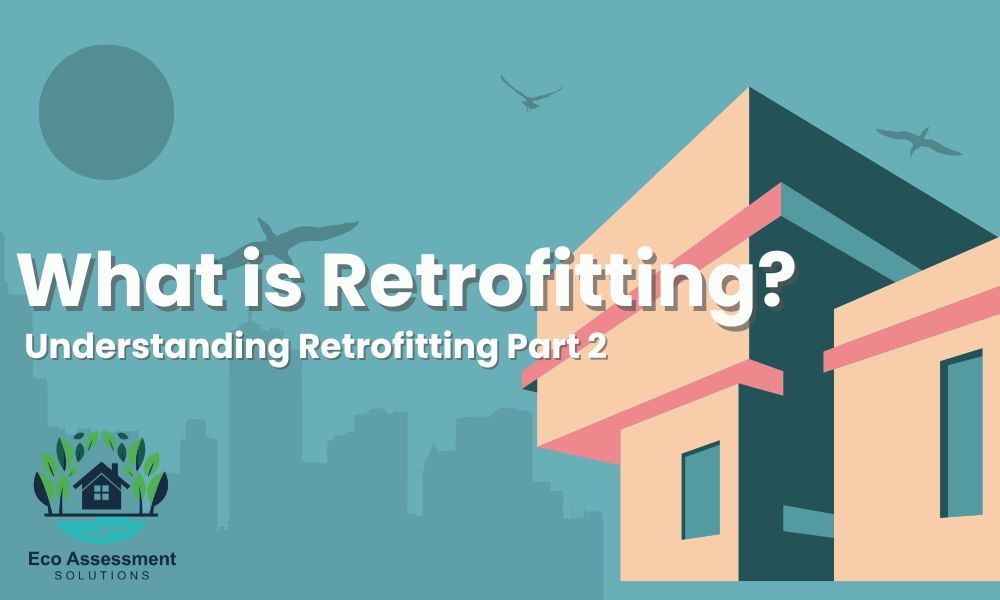What is Retrofitting? Retrofitting is an increasingly popular way for homeowners, and landlords, to improve existing buildings. It involves adding or modifying systems or features to improve the building.
Unlike new construction projects, which are designed from the get-go with modern standards in mind, older buildings often lack the efficiency, safety, and sustainability features found in new builds. Retrofitting bridges this gap, offering homeowners and landlords a way to upgrade their properties without the need for a complete rebuild.
Retrofitting covers a whole host of changes and improvements, including energy efficiency improvements, structural enhancements, and the addition of modern technologies. The process can be as simple as installing double-glazed windows or as complex as reinforcing a building’s foundation to meet current seismic standards.
The specific measures taken in a retrofit project depend on the goals of the homeowner or landlord and the condition of the property.
What ways will Retrofitting Benefit Homeowners & Landlords?
1. Enhanced Energy Efficiency
One of the primary reasons for retrofitting a property is to improve its energy efficiency. Older homes often have poor insulation, outdated heating systems, and inefficient windows, which will all contribute to high energy bills and a significant carbon footprint. By retrofitting, homeowners can reduce energy consumption, leading to lower utility costs and a more comfortable living environment.
For example, upgrading insulation in walls, roofs, and floors can significantly reduce heat loss during winter and keep the property cooler in summer. Or, by installing energy-efficient windows, a homeowner can reduce the need for artificial heating and cooling, which will also lowers energy costs.
As well as the immediate financial savings, energy-efficient homes are more attractive to potential buyers or tenants, which can increase the property’s market value.
2. Increased Property Value
Retrofitting can be a smart financial investment for homeowners and landlords alike, as it often leads to an increase in property value. Modern buyers and tenants are increasingly aware of the benefits of energy efficiency and sustainability, and properties that have been retrofitted to include these features tend to command higher prices.
Additionally, retrofitting can help a property meet or exceed the standards set by building regulations, making it more competitive in the market. For example, in the UK, properties are required to have an Energy Performance Certificate (EPC) when sold or rented. A property with a high EPC rating is more attractive to buyers and tenants, and retrofitting can be a great way to achieve this.
3. Improved Comfort and Living Conditions
Beyond the financial benefits, retrofitting can significantly improve the comfort and overall living conditions within a home. By addressing issues such as poor insulation, draughts, and outdated heating systems, retrofitting can create a more stable and comfortable environment. This is particularly important in regions with extreme weather conditions, where maintaining a consistent indoor temperature is crucial.
For landlords, providing a comfortable living environment is not only a matter of tenant satisfaction but also of tenant retention. Properties that are more comfortable to live in are likely to have longer tenancy periods, reducing the turnover rate and associated costs for finding new tenants.
4. Environmental Impact
Retrofitting is a key strategy in reducing the environmental impact of existing buildings. The construction and operation of buildings account for a significant portion of global energy consumption and carbon emissions. By retrofitting, homeowners and landlords can make a positive contribution to the environment by reducing the energy demand of their properties.
For example, retrofitting a property with solar panels, energy-efficient lighting, and water-saving fixtures can significantly reduce its reliance on non-renewable resources. Additionally, many projects involve the use of sustainable materials, further lowering the property’s environmental footprint – as well as the bonus of saving money on energy and heating costs.
5. Enhanced Structural Integrity and Safety
Retrofitting doesn’t just provide energy efficiency and comfort benefits, retrofitting can also improve the structural integrity and safety of a property. This is particularly relevant for older buildings that may not meet current safety standards.
Structural retrofitting can include reinforcing foundations, improving fire safety measures, or upgrading electrical systems to meet modern codes.
In regions prone to natural disasters such as earthquakes or floods, retrofitting can also involve strengthening the building to withstand such events, thereby protecting both the property and its inhabitants.
6. Access to Government Incentives
In the UK, there are incentives you can access if you’re looking to retrofit your property, these are offered as a part of broader environmental and energy policies. These incentives can take various forms, such as grants, tax rebates, or low-interest loans, making retrofitting more affordable for homeowners and landlords.
For example, the UK government has launched several schemes aimed at improving energy efficiency in homes, such as the Green Deal, which provides financial support for projects around energy-saving including insulation, draught-proofing and heating. By taking advantage of these incentives, homeowners and landlords can reduce the upfront costs and achieve a more comfortable and sustainable home.
Your questions answered!
I hope we’ve been able to help you answer the question, ‘what is retrofitting?’. Retrofitting has so many benefits for homeowners and landlords looking to improve their properties, both in terms of value and functionality. From increased energy efficiency and property value to enhanced comfort and safety.
Alongside the benefits to you as homeowner or landlord, retrofitting can play an important role in reducing the environmental impact of existing buildings and support wider sustainability efforts. So hopefully, going forward this may be something you wish to explore further.
If you want to explore the possiblities of Retrofitting for your property, why not get in touch with us? You can do so by clicking HERE. Or for some more in depth information about Retrofitting, and to explore funding opportunities, here’s a resource from an independent provider we trust – Elmhurst Energy.

